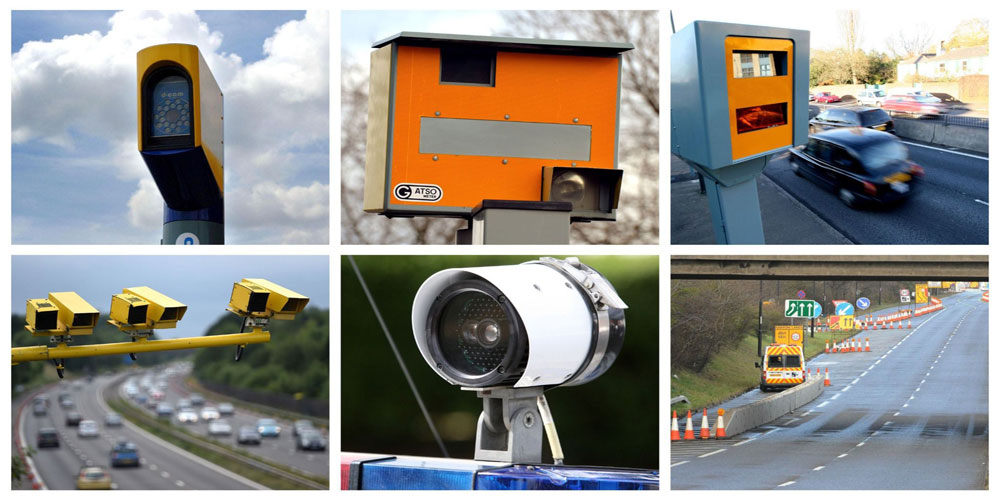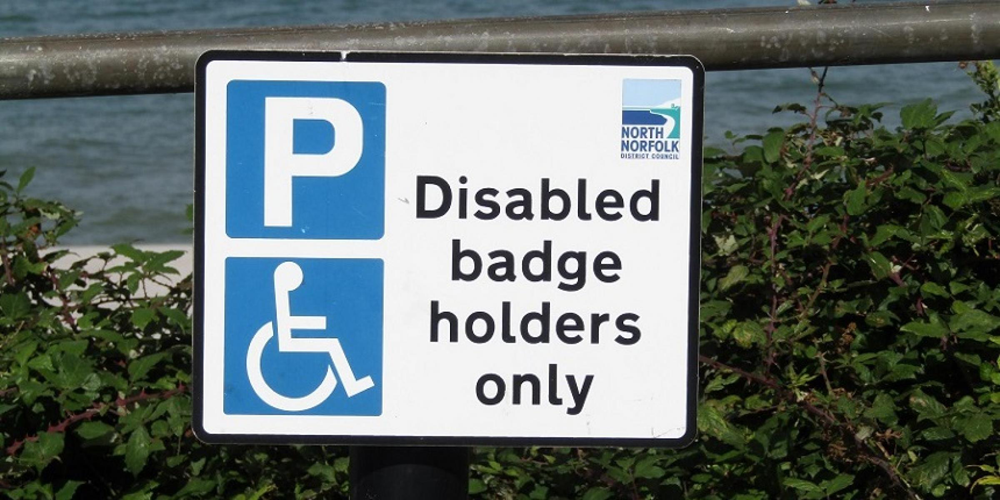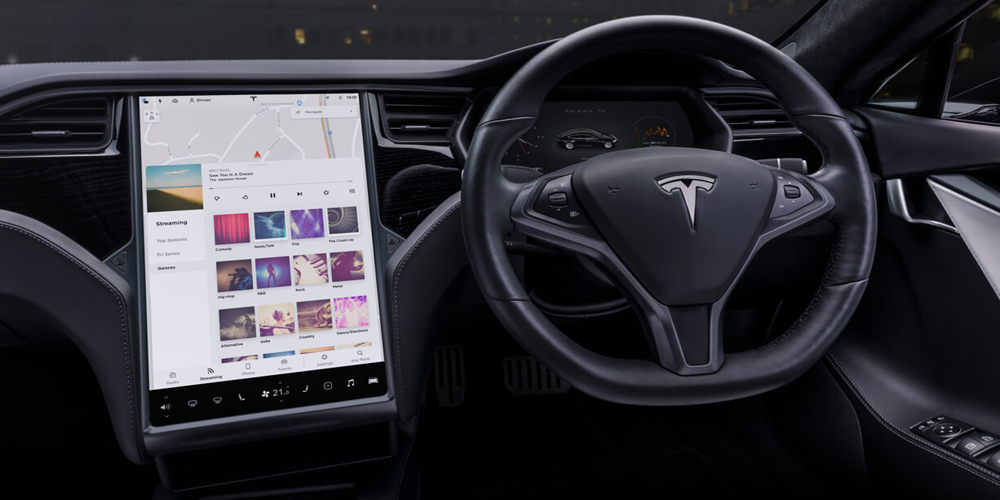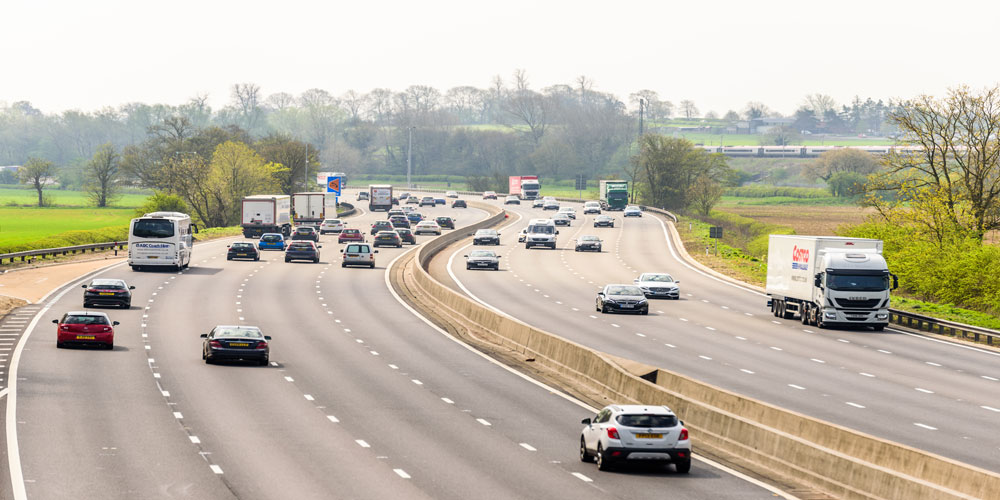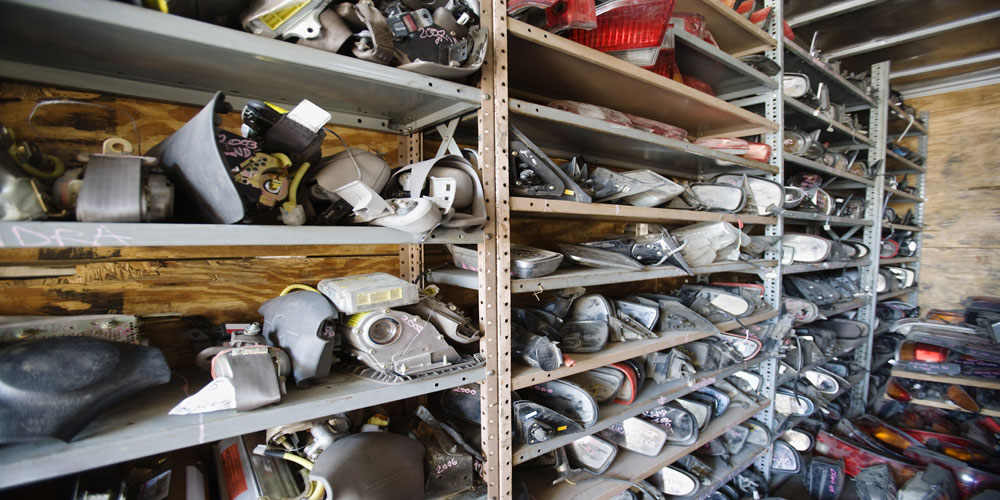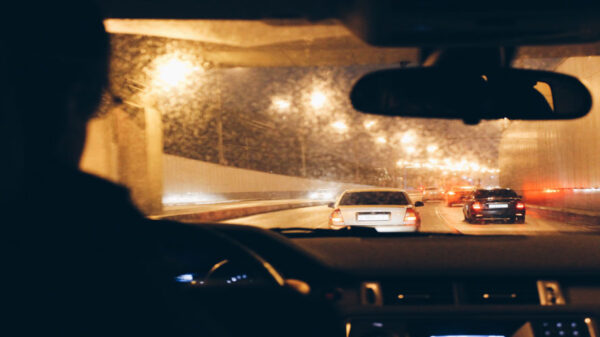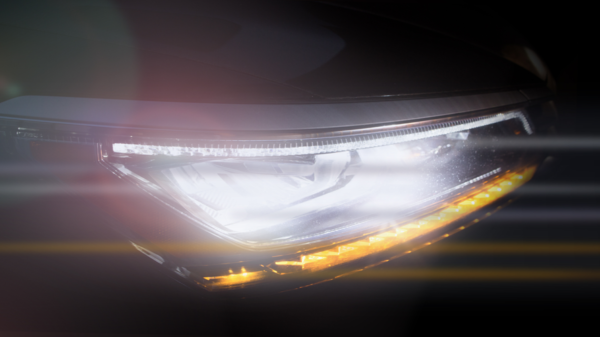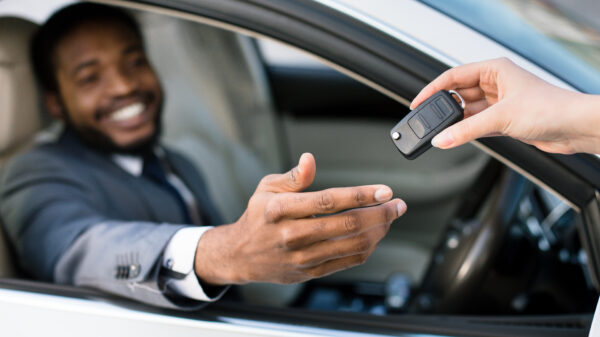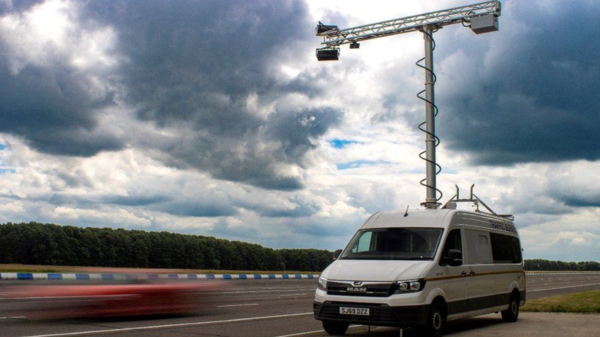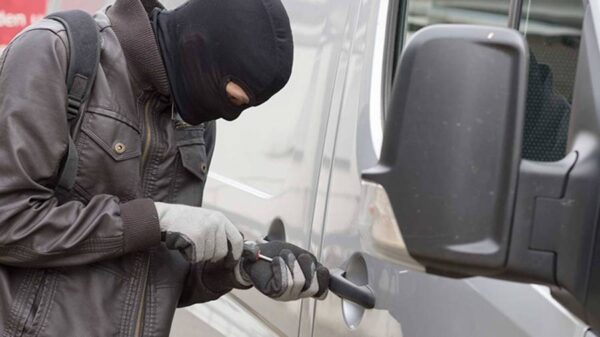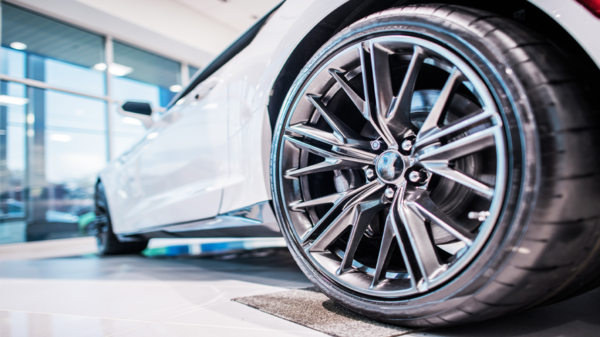Drivers have been warned that new speed camera technology with the power to see inside vehicles could replace all existing cameras. The “ultra” speed cameras use infrared lights to catch drivers who break speed limits without them knowing, before issuing them with a fine.
The VECTOR-SR cameras were originally in place across Greater Manchester to help improve road safety within the region. But now the trial has been expanded with the new speed cameras being installed on 25 routes in the north of England.
The ultra cameras are specifically used to enforce speed limits and do not automatically detect another offence. The potential expansion of speed cameras comes as a Freedom of Information request found that more than nine million drivers were caught speeding in the last five years with roughly 2.1 million drivers caught last year.
It comes as roughly 598 people were “needlessly killed or seriously injured” between 2020 and 2022 as a result of speeding in the north of England.
According to the National Safety Council, speeding was a factor in 29 per cent of all traffic fatalities in 2022, killing 12,151, or an average of over 33 people on a day.
The ultra speed cameras are painted yellow and operate around the clock like traditional cameras. The cameras do not require painted lines on the road and use infrared low-light technology, resulting in the missing “flash” to catch bad drivers.
Louise Thomas, a motor insurance expert at Confused.com, previously explained that ultra speed cameras are a “big advance” in comparison to the standard speed camera which many drivers are used to.
Not only will these cameras be able to detect drivers speeding on either side of the road, but “they’re also able to see inside driver’s vehicles too”.
Average speed cameras have also been found to improve air quality and reduce emissions, Dame Sarah Storey, Greater Manchester’s Active Travel Commissioner detailed.
Storey, said: “As a city-region we are working to adopt Vision Zero, which targets the elimination of all deaths and life-changing injuries on our roads.”
There are currently 7,000 cameras around the UK’s road network working on reducing speed limits across the nation.
The FOI showed that more than 810,000 drivers were caught exceeding speed limits last year while over 2.5 million motorists were caught speeding in 50mph or higher areas.
The penalty for speeding is a minimum £100 fine and three penalty points added to a driving licence. However, the fine could go up to £1,000 or £2,500 if caught speeding while on a motorway in certain circumstances.
Thomas added: “That’s as it uses technology to see if drivers are wearing their seatbelt or if they’re breaking driving laws, such as using their mobile phone or other handheld devices. Some drivers might be concerned about these new cameras being an invasion of their privacy, but their purpose is to keep all road users safe.”


